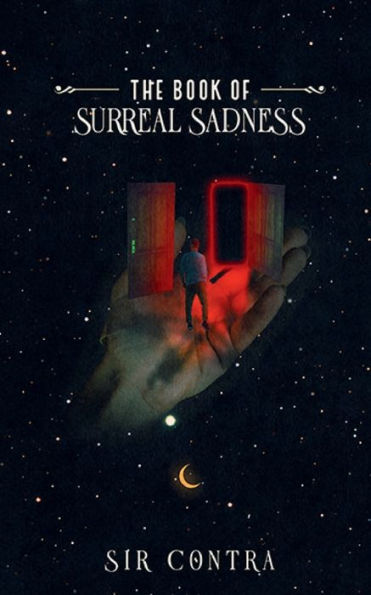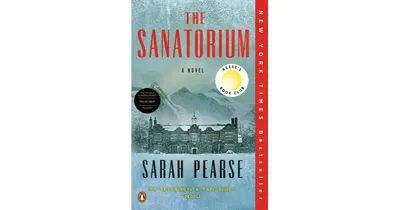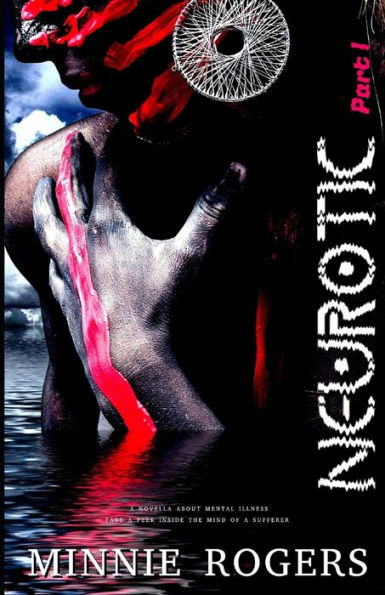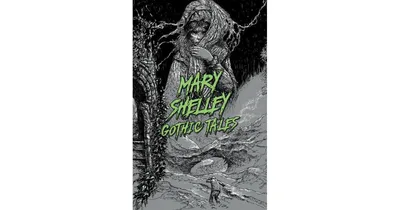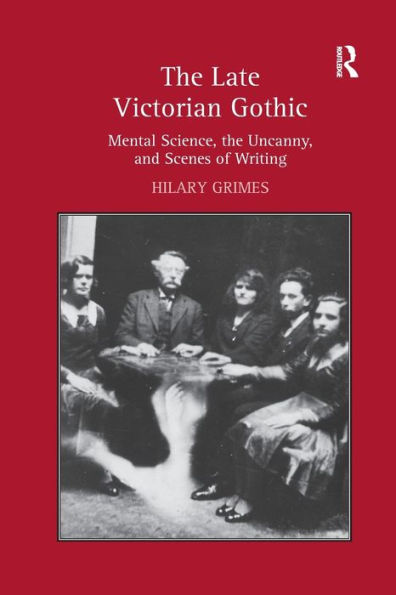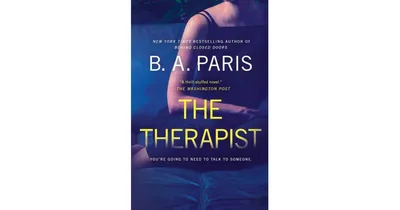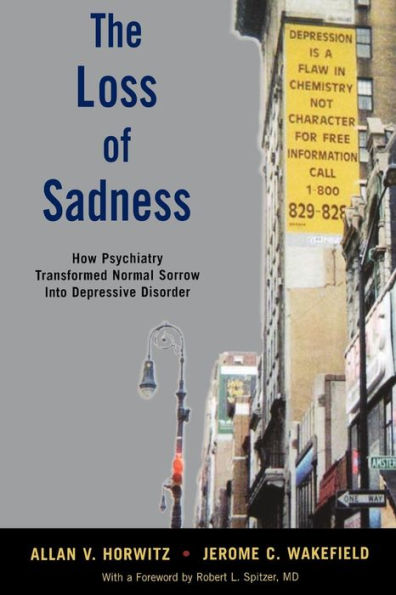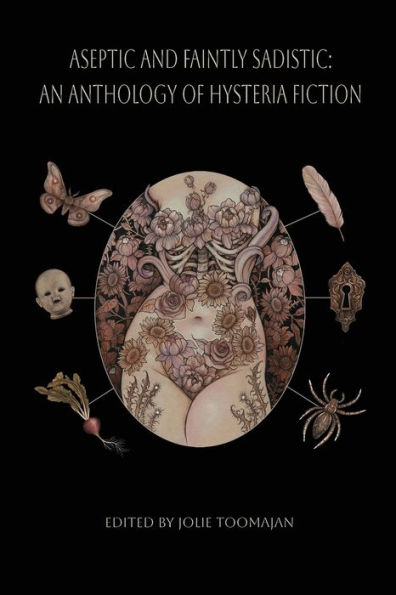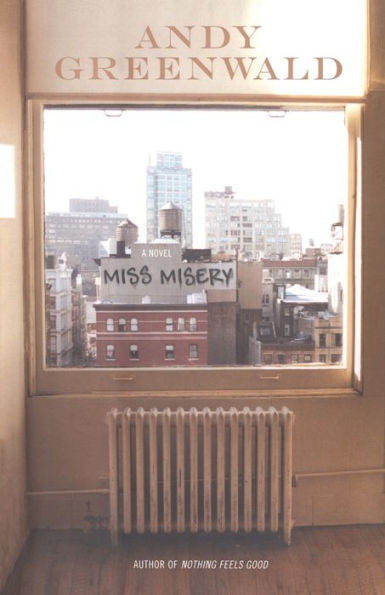Home
The Versailles of Sadness: A novel of Gothic Psychiatry


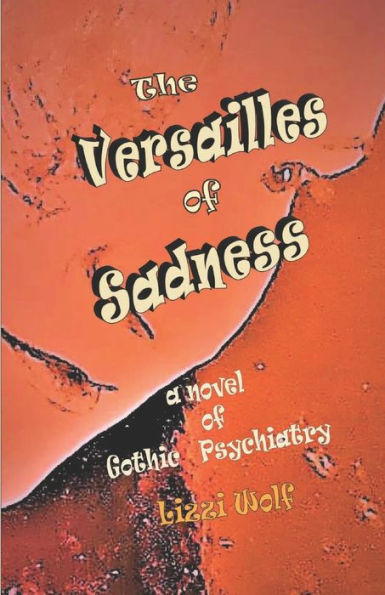
The Versailles of Sadness: A novel of Gothic Psychiatry
Current price: $12.00
Loading Inventory...
Size: OS
Eighteen-year-old Emilia is placed in the care of Dr. Jean-Martin Charcot, a pioneer in the controversial method of mesmerism to treat hysteria. Soon, she is chosen as an ideal specimen, to be hypnotized on stage for the purpose of inducing an attack of hysteria before an audience of medical students.
Is Charcot merely a fraud and a charlatan -- as the newspapers proclaim? Will his treatment relieve her suffering? Or is her on-stage attack of hysteria just an act - a desperate bid for attention from a deeply disturbed girl with an overactive imagination?
Will the irritable-looking Viennese medical student help her to escape from this Hell?
And how should she respond to the secret note she receives from a young American, employed by Charcot to photograph hysterics adorned with flowers in the guise of Hamlet's Ophelia?
Emilia is escorted from her cell on the Saint Agnes Hysteria Ward to the glass-walled light room of the Photographic Studio. A nurse hands her over to an intern, who gestures for her to sit on a stark wooden chair in one corner of the room. A Greek marble pedestal to her left holds a human skull, a glass of wine, and a wilted bunch of violets that look as dubious as she is as to what they are doing here. A massive dual-lensed camera, mounted on a tripod, looms in the opposite corner. Dominating the center of the room is a hospital bed with raised sidebars. A surge of fear rises in Emilia's chest when she notices four leather straps for restraining hands and ankles attached to the metal frame.
A gaggle of medical men files in and arranges themselves about the cramped space in what appears to be a preordained tableau, the guiding principle of which is that they are all staring at her. She feels as if she is in one of those dreams in which she is the star of a Broadway musical, standing behind the curtain as it rises to reveal Act 1. And yet, she has no memory of her lines, the role she is to enact, or the play in which she is to perform. As in these dreams, the sense of mortal dread - that her life depends on this performance at which she is sure to fail - clutches her shoulders like a demon.
The world-renowned doctor-professor Jean-Martin Charcot (pronounced
-COE!) enters from a back room.
The lesson begins.
"Today we will reproduce for the camera an experiment initiated by my colleague across the Channel, who has speculated that the image of a young woman in a state of hysteria precisely mimics the condition of Hamlet's Ophelia, who adorned herself with flowers and performed coquettish glances before succumbing to her own insanity."
"
," Charcot murmurs.
An intern taps Emilia's elbow to direct her from chair to bed. The Demon digs its claws deeper into her shoulders. The photographer - whose name, Emilia learns, is M. Silver - and whose spluttering attempts at French assure her he is American - is instructed to place the violets in her hands, and to arrange them in a pose reminiscent of Shakespeare's pathetically seductive Ophelia.
Lizzi Wolf is an author and college educator, born in Detroit. Her other novels include
(2021)
and
(2023). To learn more about Lizzi and her work,
heck out her web page at
(or search: Lizzi Wolf Ph.D.)
